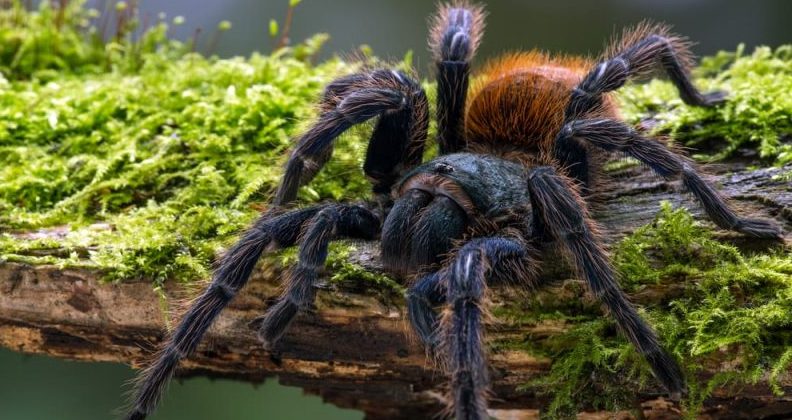The living beings they need oxygen to support their metabolism. As a product of it, they generate a toxic substance: carbon dioxide. The process by which oxygen is obtained and carbon dioxide is discarded is called breathing.
The breath best known to us is the pulmonary: both we and our closest animals (dogs, cats, birds, horses, etc.) breathe through a respiratory system centered on the lungs. However, there are other ways of breathing.
The tracheal system it is a type of respiratory system centered on the tracheae. It is made up of a network of empty tubes. These tubes are smaller in diameter as they penetrate the tissues. Gases can move through this network of tubes either through a passive system (diffusion) or through an active system (ventilation).
The peculiarity of the tracheal system is that the tubes reach such a small diameter (a few micrometers) that they supply the cells with oxygen directly, without involving the circulatory system (as occurs in lung respiration).
Animals that have tracheas are:
- Arthropods. It is the most varied and numerous animal phylum. Therefore, although some terrestrial arthropods have tracheal respiration, it is not present in all of them. Arthropods are invertebrate animals that have an external skeleton and jointed appendages.
- Onychophores. They are small animals with many limbs ending in claws and an elongated shape. They are similar to worms or caterpillars, but have eyes and / or antennae. They feed on insects and arachnids that they trap thanks to a substance they secrete, which is adhesive.
Examples of tracheal breathing

- Arachnids (arthropods). Besides spiders, squigs, mites, and scorpions are also arachnids. They may have one of the following organs, or both at the same time:
- Philotracheas. These organs are also called “book lungs.” They are holes in the abdominal wall (intussusception). Lamellae are observed on one side of the wall: folds in the wall that are joined together by bars. Blood is found within these lamellae and gas exchange occurs there. Thanks to the contraction of the muscle of the dorsal wall of the air chamber, the chamber can be ventilated. Arachnids that only have book lungs are mesothelae (primitive arachnids), scorpions, uropygians, amblipigians, and schizomids.
- Trachea. They are similar to those of insects, that is to say that they are a network of branched tubes. When the tracheas are present, the circulatory system is reduced. This is because the tracheas allow oxygen to be distributed directly to the cells and do not require the intervention of the circulatory system. The arachnids that breathe through tracheas are the ricinulids, the pseudocorpoions, the solifuos, the opiliones and the mites. Araneomorphs (spiders with diagonal chelicerae) usually have both systems combined.
- Myriapods (arthropods). They are centipedes, millipedes, pauropods and symphyla. There are more than 16,000 species of myriapods. Its tracheal system has a structure similar to that of insects.
- Insects (arthropods). The tracheal system of insects is made up of:
- Stigmata (also called spiracles). They are rounded pores that connect the windpipe to the outside. Some have a cavity (chamber or atrium) that minimizes water loss and prevents the entry of unwanted substances (dust or parasites) thanks to hairs or thorns.
- Trachea. They are the conduits through which respiratory gases circulate. They have spiral rings called tenidiums that prevent them from collapsing.
- Tracheoles. They are branches of the tracheas, that is, they are thinner and carry gases to the tissues. They come into direct contact with cells.
- Onychophores. They are also called velvety worms. They inhabit tropical areas and prefer humid terrestrial environments. The spiracles in your tracheal system have a fixed diameter. Each tracheal unit is small and supplies oxygen only to nearby tissues.
